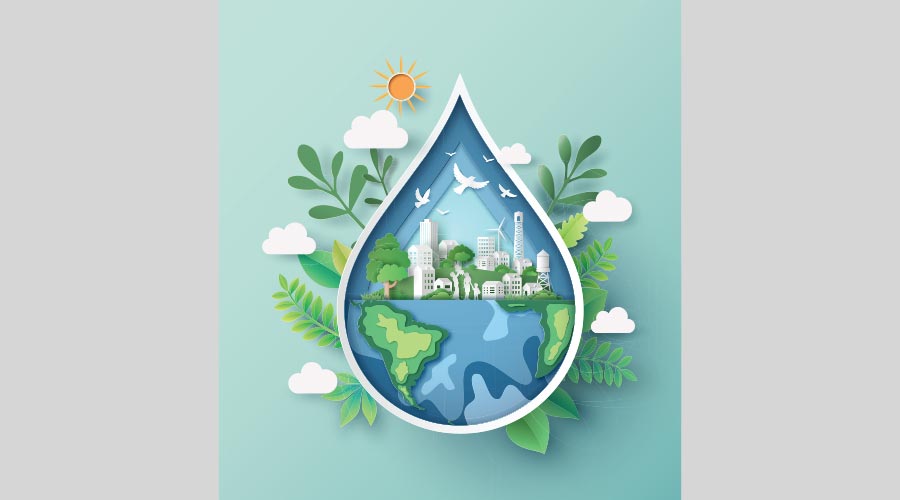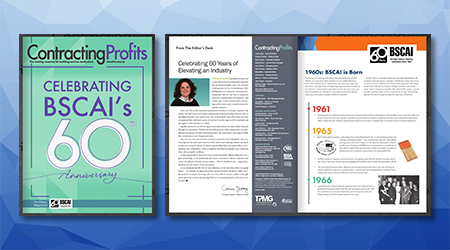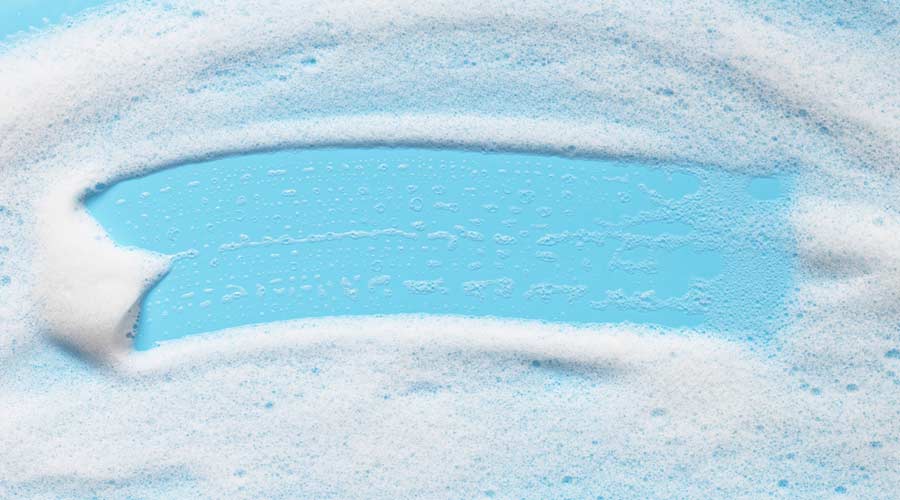
Unlike water conservation, which refers to temporary measures to reduce water consumption during periods such as droughts, water efficiency focuses on long-term, sustainable solutions that permanently reduce water usage. According to WorldoStats.com, a global education and business statistics platform, several countries have emerged as leaders in water efficiency.
“These approaches create lasting and often significant reductions in water consumption,” explains Klaus Reichardt, founder and CEO of Waterless Co., Inc.
Here are the top five countries listed for water efficiency and how they accomplished this:
1. Singapore – Relies heavily on desalination, water recycling, and rainwater harvesting.
2. Israel – Global leader in drip irrigation and wastewater reduction.
3. Netherlands – Uses advanced water recycling and strong public–private partnerships to drive water efficiency innovation.
4. Denmark – Prioritizes a national leak detection system, water monitoring, and rapid repair.
5. Australia – Promotes water-efficient farming and has pioneered water trading markets (the buying and selling of water rights between regions of the country).
Although the United States didn't make the top five list, the country is making progress in becoming more water efficient. Reichardt notes that the nation’s biggest challenge is aging, leaky water infrastructure. However, several major projects — launched in the past two years — aim to reduce water waste nationwide.
Further, since 2020, many commercial buildings have been retrofitted with water-saving restroom fixtures including no-flush urinals.
“These upgrades,” says Reichardt, “are part of a broader initiatives to make buildings healthier, safer, and more resilient to environmental risks. Becoming more water efficient is one of their key goals.”

 Celebrating BSCAI's 60th Anniversary eBook
Celebrating BSCAI's 60th Anniversary eBook The Down and Dirty on Cleaning in Virus Season
The Down and Dirty on Cleaning in Virus Season How Surfactant Use is Expanding in Commercial Cleaning
How Surfactant Use is Expanding in Commercial Cleaning